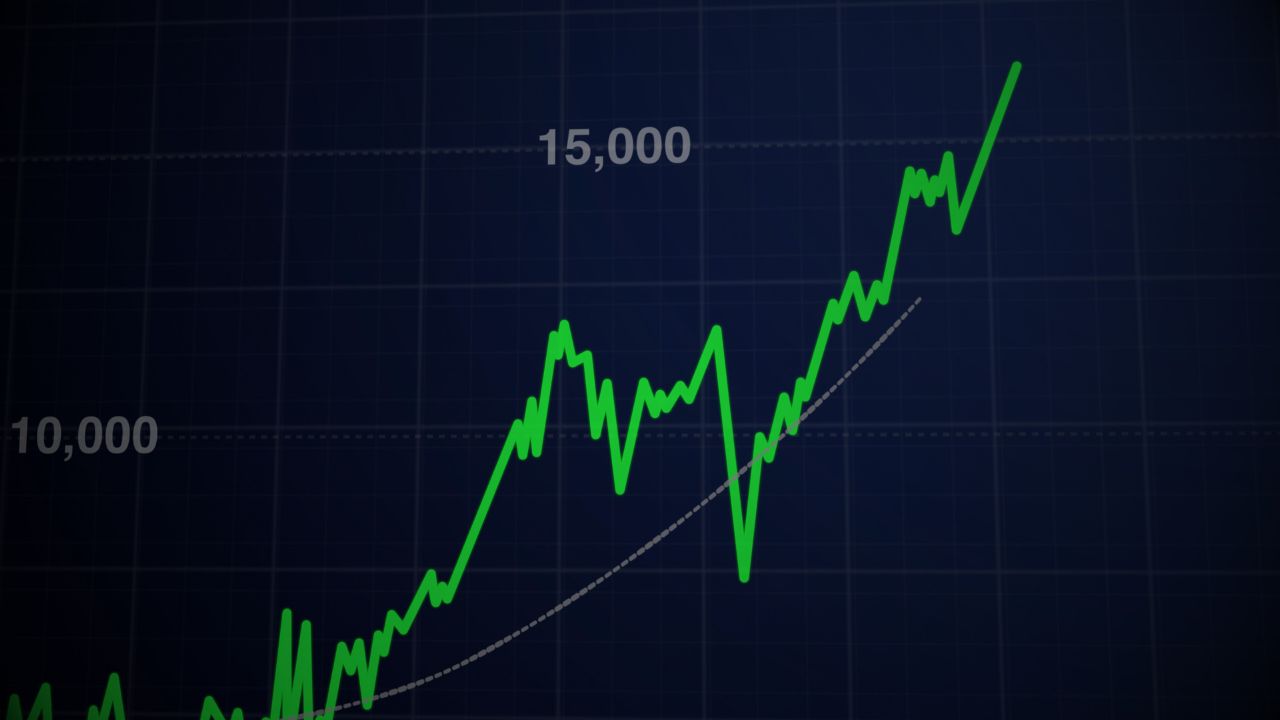Vertical Spreads
A vertical spread is an options strategy created by going long (buying) and short (selling) two separate options simultaneously, with the same expiration dates, but different strike prices. Both options must also be of the same type, either both calls or puts.
Vertical spreads also offer both long and short strategies. This leaves options traders the ability to create a directional strategy or one that takes advantage of time decay.
Types of Vertical Spreads
Long Call Spread (Bullish Call Spread)

A long vertical call spread is a bullish strategy with both defined risk and profit. The spread is composed of a long call near or at the money while simultaneously selling a call further out-of-the-money. Both the long and short call will be done on the same expiration.
Benefits from:
- Stock Price Increasing
- Volatility Increasing
Negatively affected by:
- Time Decay (if OTM)
- Volatility Decreasing
Long Put Spread (Bearish Put Spread)

A long vertical put spread is bearish strategy with defined risk and profit. The spread is composed of a long put near or at-the-money while simultaneously selling a put further out-of-the-money. Both the long and short put will be on the same expiration.
Benefits from:
- Stock Price Decline
- Volatility Increasing
Negatively affected by:
- Time Decay (if OTM)
- Volatility Decreasing
Short Call Spread (Bearish Call Spread)

A short vertical call spread is a neutral-to-bearish strategy with both defined risk and profit. It is created by selling an out-of-the-money call while simultaneously buying an even further out-of-the-money call.
Benefits from:
- Time Decay (Theta)
- Volatility Decreasing
Negatively affected by:
- Significant rise in stock price
- Volatility Increasing
Short Put Spread (Bullish Put Spread)

A short vertical put spread is a neutral-to-bullish strategy with both defined risk and profit. It is created by selling an out-of-the-money put while simultaneously buying an even further out-of-the-money put.
Benefits from:
- Time Decay (Theta)
- Volatility Decreasing
Negatively affected by:
- Significant Decrease in Stock Price
- Volatility Increasing
Why Trade Vertical Spreads?
Vertical spreads allow you to trade directionally while defining your max profit and max loss at entry. As you are defining your risk upfront, your profit potential with also be decreased. This goes for both long and short vertical spreads.
Less Risk = Less Reward
Types of Vertical Spreads
Long Vertical Call Spread (Bullish)
Short Vertical Call Spread (Neutral/Bearish)
Long Vertical Put Spread (Bearish)
Short Vertical Put Spread (Neutral/Bullish)
Long Vertical Call Spread
A long vertical call spread is composed of both a long and short call on the same expiration, but at different strikes. A trader will create the spread by purchasing a call option while simultaneously selling a further out of the money call. The debit paid is reduced by the short call, but also caps out the potential profit on the trade.
Setup
Buy an At-the-Money/In-the-Money Call
Sell a further Out-of-the-Money Call
Profit and Loss
In a long vertical call spread, a trader would make the maximum profit potential if the stock was at or above the short call strike price at expiration. If you stock continues to rise above the short strike, this does not hurt or help you. The short strike sets a cap for your potential profit, but the rising further than that does not negatively impact you.
MAX PROFIT
Width of the Spread – Debit Paid
BREAKEVEN
Long Strike + Debit Paid
MAX LOSS
Debit Paid
Short Vertical Call Spread
A short vertical call spread is composed of both a short and long call on the same expiration, but at different strikes. A trader would create the spread by selling an OTM call while simultaneously buying a further out of the money call. The long call reduces the potential profit on the trade, but also caps out your max risk at the long strike.
Setup
Sell an Out-of-the-Money (OTM) Call
Buy a further Out-of-the-Money (OTM) Call
Profit and Loss
The max profit on a credit spread is the premium paid. The means the amount you receive upfront is the absolute most you’ll ever make on this spread. Max profit will only ever be realized if held through expiration, allowing both options to expire. Most traders will choose to close out the spread prior to expiration for a certain profit target.
The max loss will be realized if the stock price goes beyond the long strike. The long strike acts as hedge to protect the trader if the stock were to rise significantly. This would limit the max loss to the width of the spread minus the credit received.
MAX PROFIT
Credit Received
BREAKEVEN
Short Strike + Credit Received
MAX LOSS
Width of the spread – Credit
Long Vertical Put Spread
A long vertical put spread is a bearish strategy, made up of a long and short put at different strikes. The long put will be near or at the money while the short put is further out of the money.
Setup
Buy an At-the-Money or In-the-Money Put
Sell an Out-of-the-Money Put
Profit and Loss
The max profit would be realized if the stock was at or below the short strike price. The max profit would be the width of the spread minus the debit paid for the spread. The max profit potential can only be realized if held into expiration, so most traders will close prior to expiration at a certain profit target.
The max loss on the trade would be realized if the stock price is at or above the long put strike. The max loss being the total debit paid on the spread.
MAX PROFIT
Width of the Spread – Debit Paid
BREAKEVEN
Long Strike – Debit Paid
MAX LOSS
Debit Paid
Short Vertical Put Spread
A short vertical put spread is a bullish strategy, composed of a short and long put at different strikes. The short put is higher than the long put. The ideal end result being the stock price staying above the short strike.
Setup
Sell an Out-of-the-Money (OTM) Put
Buy a further Out-of-the-Money (OTM) Put
Profit and Loss
The max profit potential on this trade would be the total credit received. This would be realized if the stock price was above the short strike on expiration. Whereas the max loss would be realized if the stock were to fall below the long strike on expiration. The max loss being the width of spread minus the credit received.
MAX PROFIT
Credit Received
BREAKEVEN
Short Strike – Credit Received
MAX LOSS
Width of the Spread – Credit



